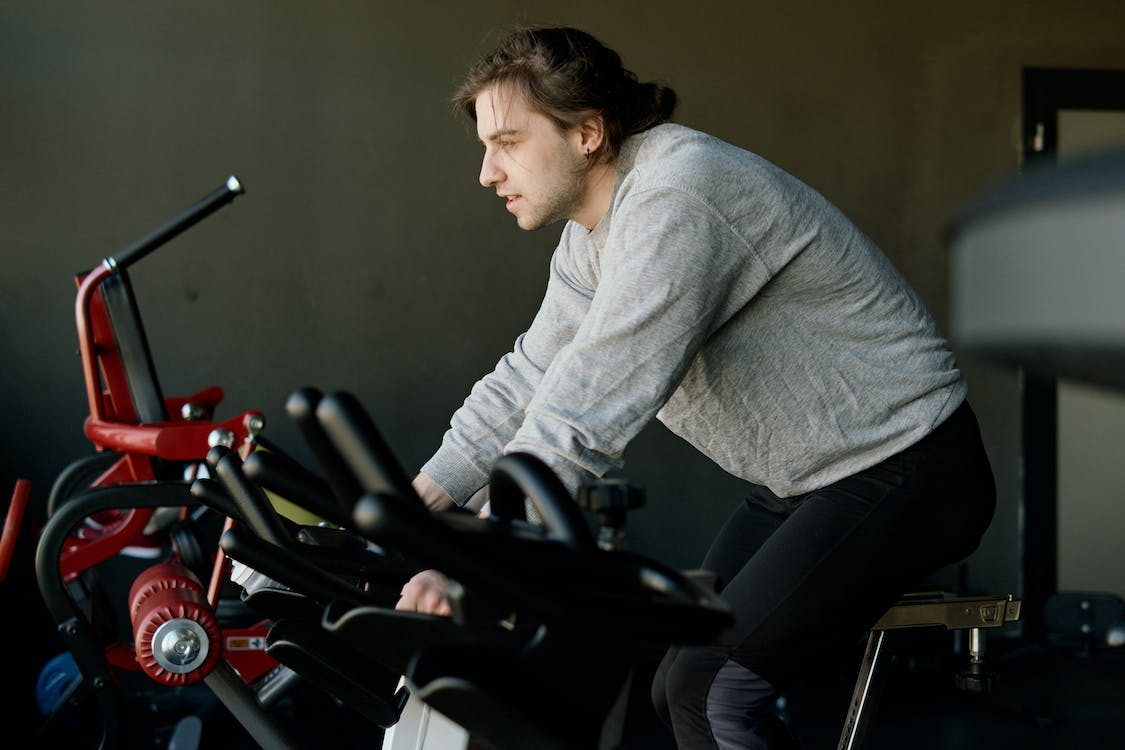Comments
- No comments found

The fitness industry has witnessed a revolution in sports training, with innovative technologies and methods transforming the way athletes train and perform.
Gone are the days of traditional training methods that often fell short of delivering optimal results. Today, athletes have access to cutting-edge technologies and advanced training methods that take their performance to new heights. In this blog post, we will explore the evolution of sports training, the technological innovations that have reshaped the field, and the future of sports training.
Traditional sports training methods have come a long way over the years. Athletes have always looked for ways to improve their performance, from basic weightlifting exercises to endurance-focused routines. However, these conventional training approaches often face challenges in providing personalized and efficient training programs. Each athlete has unique needs, and a one-size-fits-all training regimen may not be sufficient to unlock their full potential.

In the ever-evolving landscape of sports, the integration of cutting-edge technologies has transformed the way athletes train and perform. Let us uncover the game-changing advancements that are propelling athletes to new heights of achievement.
One of the most significant advancements in sports training is the use of wearable devices and biometric tracking. Athletes now have access to smartwatches, fitness trackers, and other wearable gadgets that monitor various aspects of their performance. These devices can track metrics like heart rate, steps taken, calories burned, and even sleep patterns. With real-time data at their fingertips, athletes can make informed decisions regarding their training and recovery strategies.
Some popular wearable devices used in sports training include Fitbit, Garmin watches, and Whoop bands. These devices provide valuable insights into an athlete's physical performance and help identify patterns and trends that may impact their training progress. Furthermore, coaches and trainers can use this data to tailor training programs to address specific weaknesses and optimize overall performance.
Wearable gears extended beyond watches and bands. Fitness innovators from Kensui Fitness recommend wearable weights for a consistent and customizable elevation of workout regimens. From weight-loading vests to wearable resistance bands, technological innovations are bringing convenience to the table for busy and fitness-conscious individuals.
This means fewer missed workout sessions and regular exercise opportunities even in unconventional places or while on the go. Wearable fitness gear empowers individuals to take control of their health and make positive changes to their lifestyle, ultimately leading to improved fitness and well-being.
Virtual Reality (VR) and Augmented Reality (AR) have also found their way into sports training programs. These immersive technologies provide athletes with simulated environments to enhance their visualization and decision-making skills. For example, VR can be used to recreate game scenarios, allowing athletes to mentally rehearse and fine-tune their strategies.
In addition, AR can overlay digital information in the real-world environment, enabling athletes to receive real-time feedback and instructions during training sessions. This technology has the potential to revolutionize sports like tennis and golf, where precise positioning and technique are crucial.
Artificial Intelligence (AI) has become a game-changer in many industries, and sports training is no exception. AI algorithms can analyze vast amounts of athlete data, ranging from performance metrics to injury histories, and provide valuable insights and recommendations. This helps coaches and trainers personalize training programs for each athlete, taking into account their strengths, weaknesses, and injury risks.
AI-powered systems can also predict potential injuries by identifying patterns and warning signs, allowing athletes to take preventive measures and optimize their training regimen accordingly. Additionally, AI can facilitate real-time performance analysis during competitions, helping athletes make split-second decisions and adjustments.
Besides technological innovations, advanced training methods have also played a vital role in revolutionizing sports training. Here are some notable examples:
High-Intensity Interval Training (HIIT) has gained popularity in recent years due to its effectiveness in improving cardiovascular endurance and muscle strength. This training method involves short bursts of intense exercise followed by brief recovery periods. HIIT workouts not only save time but also challenge the body in ways that traditional steady-state cardio cannot.
Different variations of HIIT can be tailored to suit different sports and athletic goals. For example, a basketball player may focus on explosive movements and quick sprints, while a long-distance runner may incorporate longer intervals with varying speeds. The versatility of HIIT makes it a valuable tool for athletes across various disciplines.
Functional training has become a staple in sports training programs. Unlike traditional weightlifting exercises that target specific muscle groups, functional training focuses on movements that mimic real-life activities and sports performance. This approach enhances overall athleticism by improving coordination, balance, and core stability.
Functional training exercises often involve multi-joint movements and the use of equipment like kettlebells, medicine balls, and resistance bands. Athletes can mimic the demands of their sport, engage multiple muscle groups simultaneously, and improve their overall functional strength.
Innovations in sports training extend beyond physical exercise and technology. Nutrition plays a crucial role in an athlete's performance and recovery. Today, athletes have access to specialized nutrition plans tailored to their specific sports and individual needs.
Sports-specific nutrition focuses on providing the right macronutrients and timing meals strategically to optimize energy levels, muscle recovery, and overall performance. Athletes work closely with nutritionists to ensure they are fueling their bodies correctly, both before and after training or competition.

In conclusion, the revolution in sports training has transformed the way athletes train and perform. Through the integration of innovative technologies, advanced training methods, and sports-specific nutrition plans, athletes can achieve higher levels of performance and reach their full potential. As we look towards the future, the possibilities for further advancements in sports training are limitless. The revolution is ongoing, and athletes around the world are embracing these innovations to unlock new levels of success.
Leave your comments
Post comment as a guest